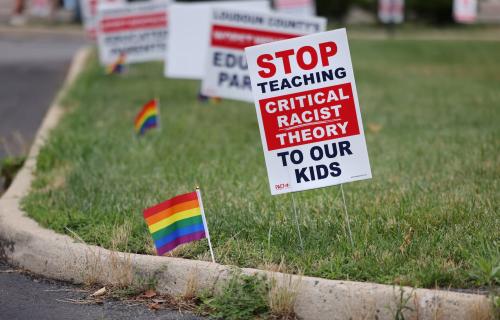ABSTRACT
During the past 10 years, tax benefits have played an increasingly important role in federal higher education policy. Before 1998, most federal support for higher education involved direct expenditure programs— largely grants and loans—primarily intended to provide more equal educational opportunities for low- and moderate-income students. In 1997 (effective largely for expenses in 1998 and beyond), Congress enacted a number of tax benefits—credits, deductions, and tax-free savings plans—directed toward helping middle- and upper-middleincome groups meet rising college costs. This shift in goals and strategies raises concerns about the fairness and effectiveness of the evolving federal approach to higher education.
This policy brief analyzes who benefits from the major direct spending program, Pell grants, and the three tax subsidies that most closely resemble grants, the Hope and Lifetime Learning credits and the deduction for tuition and fees (see Burman et al. 2005 for a more complete discussion of these and other programs). In addition, the brief assesses the potential impacts of these direct spending and tax programs on the affordability of college and the college-going rates of potential students. It also discusses options that might improve the effectiveness of these federal policy instruments.





